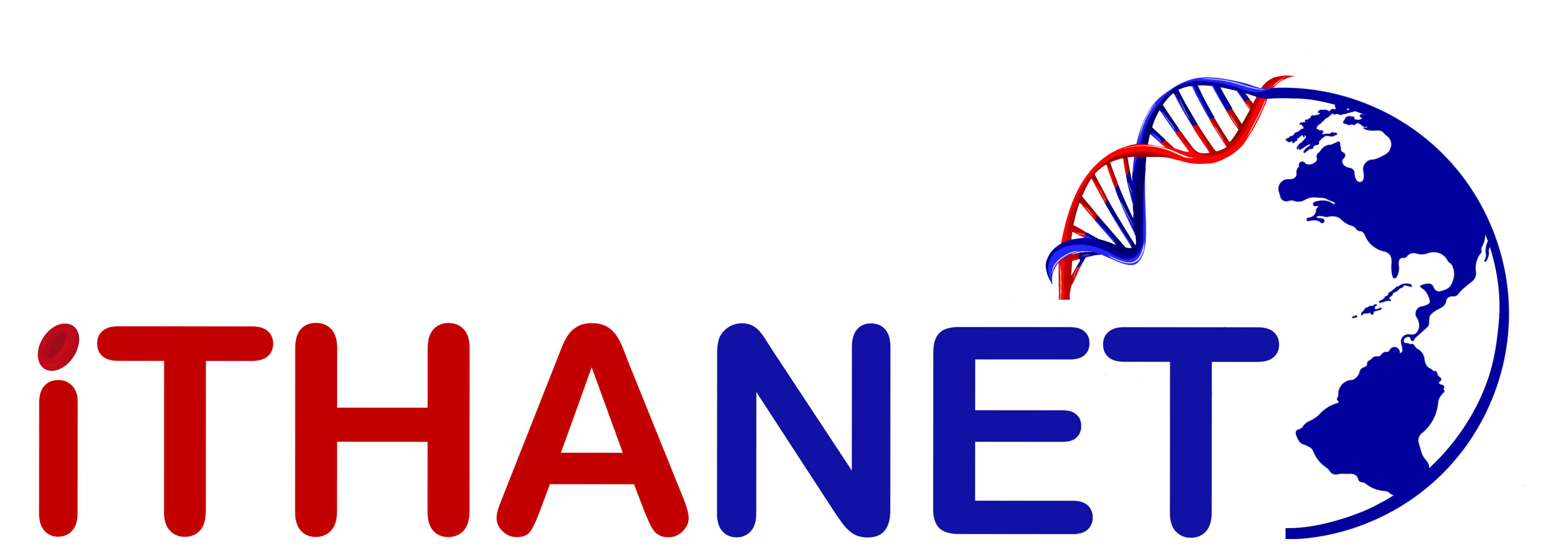
IthaID: 503
Names and Sequences
| Functionality: | Globin gene causative mutation | Pathogenicity: | Benign / Likely Benign |
|---|---|---|---|
| Common Name: | CD 30 GAG>AAG [Glu>Lys] | HGVS Name: | HBA2:c.91G>A |
| Hb Name: | Hb O-Padova | Protein Info: | α2 30(B11) Glu>Lys |
| Also known as: |
We follow the
HGVS sequence variant nomenclature
and
IUPAC standards.
Context nucleotide sequence:
TGGCGAGTATGGTGCGGAGGCCCTG [G/A] AGAGGTGAGGCTCCCTCCCCTGCTC (Strand: +)
Protein sequence:
MVLSPADKTNVKAAWGKVGAHAGEYGAEALKRMFLSFPTTKTYFPHFDLSHGSAQVKGHGKKVADALTNAVAHVDDMPNALSALSDLHAHKLRVDPVNFKLLSHCLLVTLAAHLPAEFTPAVHASLDKFLASVSTVLTSKYR
Phenotype
| Hemoglobinopathy Group: | Structural Haemoglobinopathy |
|---|---|
| Hemoglobinopathy Subgroup: | α-chain variant |
| Allele Phenotype: | N/A |
| Stability: | N/A |
| Oxygen Affinity: | N/A |
| Associated Phenotypes: | N/A |
Location
| Chromosome: | 16 |
|---|---|
| Locus: | NG_000006.1 |
| Locus Location: | 33866 |
| Size: | 1 bp |
| Located at: | α2 |
| Specific Location: | Exon 1 |
Other details
| Type of Mutation: | Point-Mutation(Substitution) |
|---|---|
| Effect on Gene/Protein Function: | Missense codons (Protein Structure) |
| Ethnic Origin: | Italian, Turkish |
| Molecular mechanism: | N/A |
| Inheritance: | Recessive |
| DNA Sequence Determined: | Yes |
HPLC
Disclaimer: The HPLC images are provided as an information resource only.
Bio-Rad Laboratories, Inc and the ITHANET Portal disclaim responsibility and have no liability if this information is used for diagnostic or treatment purposes.
D-10™ and VARIANT™ are registered trademarks of Bio-Rad Laboratories, Inc. and used with permission.
Redistribution and use of the above material is allowed only with permission by Bio-Rad Laboratories, Inc.
To access HPLC images and reports for different variants, use the IthaChrom tool.
| ID | Hb Variant | Gene | Instrument | Method | Area (%) | Ret Time (min) | Comments | ||
|---|---|---|---|---|---|---|---|---|---|
| 305 | Hb O-Padova | α2 | D-10 | Dual Kit Program | 14.2 | 4.42 | Heterozygote, clinically normal. | [PDF] | |
| 306 | Hb O-Padova | α2 | VARIANT | β-thal Short Program | 15.3 | 4.73 | Heterozygote. Clinically normal. | [PDF] | |
| 307 | Hb O-Padova | α2 | VARIANT II | β-thal Short Program | 16.7 | 4.79 | Heterozygote. Clinically normal. | [PDF] | |
| 308 | Hb O-Padova | α2 | VARIANT II | Dual Kit Program | 14.5 | 3.93 | Heterozygote. Clinically normal. | [PDF] |
In silico pathogenicity prediction
Publications / Origin
- Vettore L, De Sandre G, Di Iorio EE, Winterhalter KH, Lang A, Lehmann H, A new abnormal hemoglobin O Padova, alpha 30 (B11) Glu -- Lys, and a dyserythropoietic anemia with erythroblastic multinuclearity coexisting in the same patient., Blood , 44(6), 869-77, 1974
- Barbui T, Capaldi A, Trento M, Rabino-Massa E, Decrescenzo A, Modica A, Rege-Cambrin G, Ricco G, Association between Hb O Padova [alpha 30 (B 11) Glu leads to Lys] and Rendu-Osler disease., Panminerva Med , 25(1), 31-5, 1983
- Kilinç Y, Kumi M, Gurgey A, Altay C, Webber BB, Wilson JB, Kutlar A, Huisman TH, Hemoglobin O-Padova or alpha(2)30(B11)Glu----Lys beta 2 observed in members of a Turkish family., Hemoglobin , 9(6), 621-5, 1985
- Martín G, Villegas A, Calero F, del Palacio S, López JC, López M, Espinós D, Hb O Padova in a Spanish Family., Acta Haematol. , 84(1), 1-4, 1990
- Schnedl WJ, Reisinger EC, Katzensteiner S, Lipp RW, Schreiber F, Hopmeier P, Krejs GJ, Haemoglobin O Padova and falsely low haemoglobin A1c in a patient with type I diabetes., J. Clin. Pathol. , 50(5), 434-5, 1997
- Schnedl WJ, Krause R, Halwachs-Baumann G, Trinker M, Lipp RW, Krejs GJ, Evaluation of HbA1c determination methods in patients with hemoglobinopathies., Diabetes Care , 23(3), 339-44, 2000
- Lahousen T, Roller RE, Lipp RW, Schnedl WJ, Silent haemoglobin variants and determination of HbA(1c) with the HPLC Bio-Rad Variant II., J. Clin. Pathol. , 55(9), 699-703, 2002
Created on 2010-06-16 16:13:15,
Last reviewed on 2021-04-02 11:32:15 (Show full history)
Disclaimer: The information on this website is provided as an information resource only
and must not to be used as a substitute for professional diagnosis and treatment.
The ITHANET Portal and IthaGenes are not responsible or liable for any advice, course of treatment,
diagnosis or any other information, services or products that an individual obtains through this website.